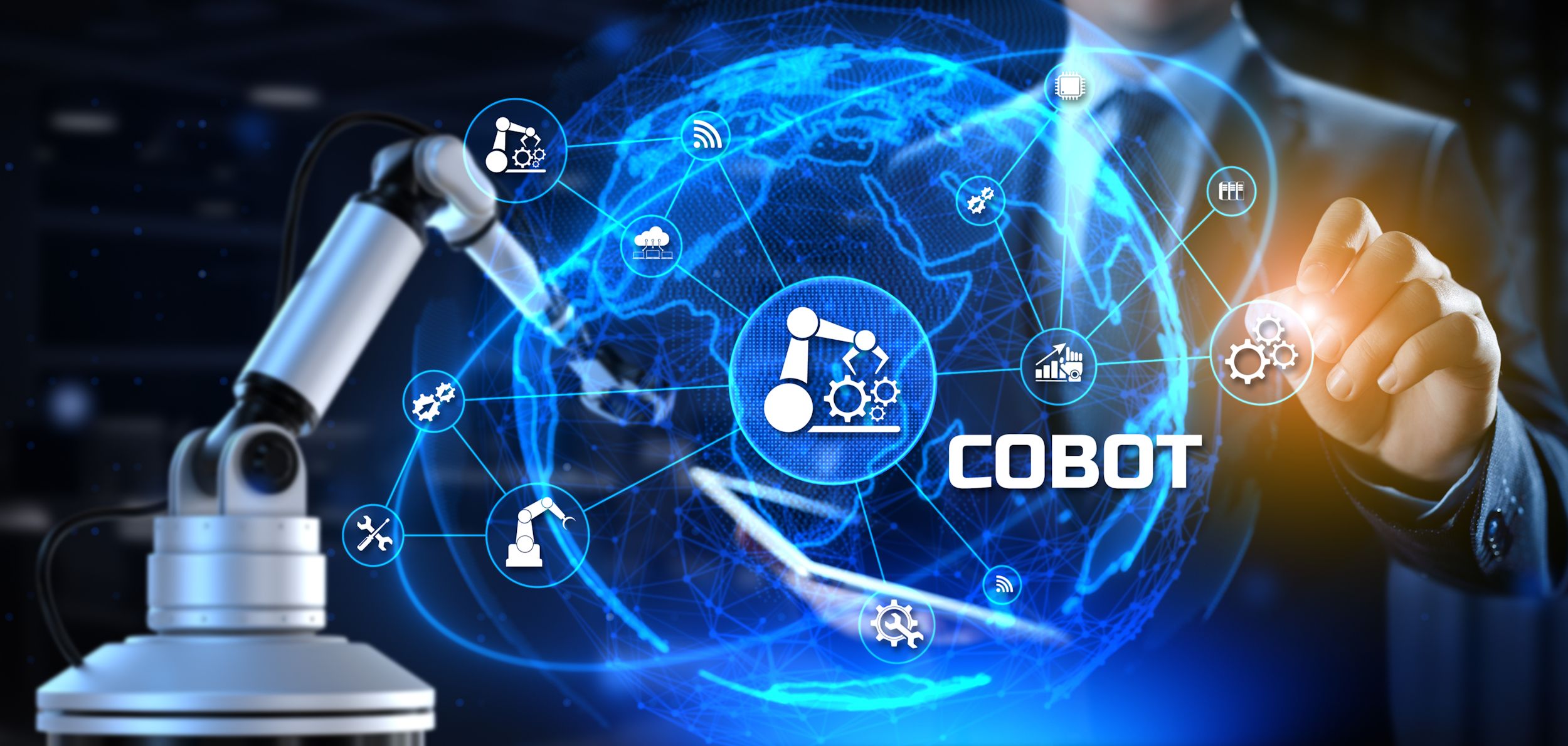A few years ago, the focus for improvement in manufacturing was to eliminate waste and variation by implementing Lean and Six Sigma. With the improved manufacturing processes, the next step was automation and many companies made major investments into factory automation. Factory floors were humming with greater output at lower costs and higher quality. However, digital transformation has impacted every part of business including manufacturing.
Digital Transformation Exposed the Manufacturing Optimization Constraint
There was a hidden constraint associated with Lean, Six Sigma, and factory automation that was exposed by digital transformation. That constraint was that process changes for product variation became more difficult. Lean eliminated branch points in the manufacturing process and focused instead on straight line flow of a standard product. In the Lean world, one-off or custom production was a problem to be avoided. Six Sigma drove out process variation. In fact, one major way to minimize process variation was to minimize product variation. So, Six Sigma minimized the introduction of new products. Large complex factory automation lines increased speed, efficiency, and quality while reducing labor. But the automation was often designed and optimized for a standard produced offering. Changing to a new product required expensive and time-consuming changes to the automation. Therefore, any product customization had to be done offline by hand, which was very slow, expensive, and prone to quality issues.
This creates a problem in the digitally transformed marketplace which is characterized by VUCA. Volatile, uncertain, complex, ambiguous (VUCA) has become the norm in many industries. The Lean, Six Sigma, highly automated factory is too inflexible for the VUCA world. In the VUCA world every customer wants their own customized product, and they want it now. This led to the concept of mass customization. However, mass customization requires a different manufacturing strategy than the high-volume standardization that was the result of Lean, Six Sigma, and factory automation. The over-arching principle for digitally transformed manufacturing becomes flexibility rather than efficiency.
Digitally Transformed Manufacturing
Digital transformation is not only the catalyst that exposed the problem, it also can provide the path for the solution. One approach is with digitalization of product designs. Some products can use standard hardware with almost infinite customization in the embedded software and connectivity. In this case, the manufacturing operation can still use the high-volume production line of standard parts. The flexibility is in the software not the hardware. The other approach to create flexible processes that can make any product configuration. This can be done by digitalizing the production process with collaborative robots known as cobots. The cobots assist manufacturing technicians as they make custom products.
Cobots rely on simple automation and machine learning to create what is essentially smart tooling and fixturing for the manufacturing technician. The cobot can perform a variety of functions that both protect technicians and enable them to focus on value-added work requiring human decision-making. For instance, cobots can provide mechanical assistance with heavy or fragile parts to move them through the production process. They can also precisely place components into assemblies reducing damage and mistakes. A common application is to have them perform routine tasks that people find boring, which often leads to errors. In addition, they perform tasks in hazardous environments or using hazardous chemicals to minimize threat exposure to people. Cobots are also much less expensive than full production line factory automation systems, often costing less than $10,000. For the cost of one production worker’s annual salary, several cobots can be purchased and they can work 24/7 with operators and technicians on every shift.
Culture Change for Manufacturing Operations
However, a manufacturing operation with cobots integrated across the production floor is a culture change for both the workforce and the management team. Cobots can reduce the size of the manufacturing workforce although not to the same extent as the reduction from installing a fully automated production line. By the same token, cobots provide efficiency gains that can allow the manufacturing organization to significantly increase its output without adding more labor. The addition of cobots has allowed some organizations to reduce outsourcing and maintain manufacturing operations near their customer base, even though that may be a high-cost labor area. This saves local jobs.
However, there is a required skill set for the manufacturing operators and technicians to work with the cobots. They must “train” the cobots to do their assigned tasks and they need to be able to quickly troubleshoot and fix issues that arise. This requires a transformation within the workforce hiring and training processes. Manufacturing operators are no longer doing menial manual labor, that is done by the cobots. The manufacturing operator makes decisions and directing the fabrication and assembly of each product as it is being manufactured.
There is also a significant change in the approach of functional managers and process designers. Process designers must take into account the human factors associated with interacting with the cobots. While the cobots are a big help, they can also create safety issues for the worker if there are not adequate safeguards programmed into the functions of the cobot. Functional managers become coaches and problem-solvers to help the hybrid workforce of people and cobots operate efficiently. Cobots are a workforce multiplier, but they can also become a bottleneck and constraint depending on process design. Just as a manager tracks the attendance of the operators and technicians, they must also track the status and performance of the cobots.
A manufacturing operation that has been digitalized to support mass customization relies on a different level of automation from one that is focused on mass production of standard parts. The automation of the mass customization line is simpler and less expensive than cobots. To take full advantage of this automation, the role of the manufacturing worker must change, which means new skills are required. Also, the managers and industrial process designers should approach their work differently to leverage the digitally transformed manufacturing process.
Tag/s:AutomationBusiness TransformationEmployee ExperienceFuture of Work






Wow, learned a lot from this article…have to admit, the term “cobot” is new to me, and you unpacked it nicely! Sharing with my LI community now!